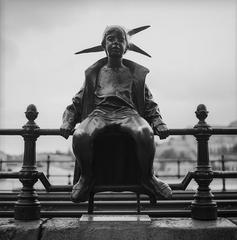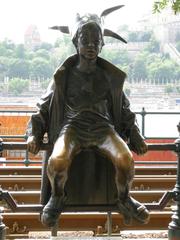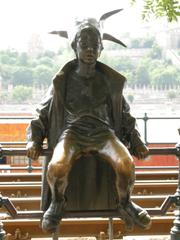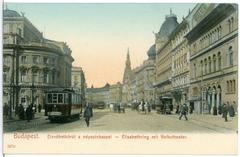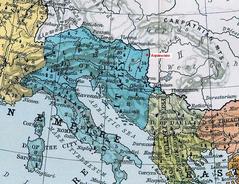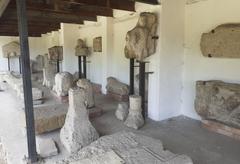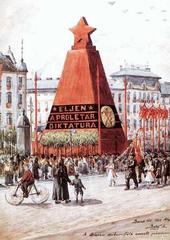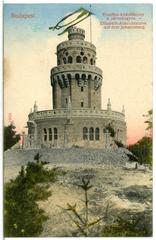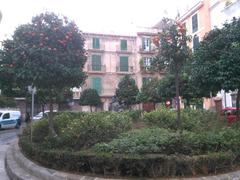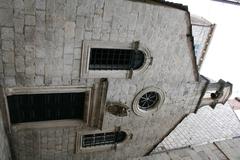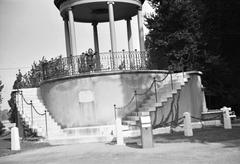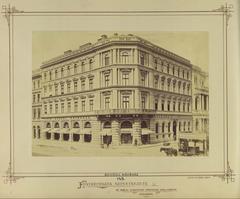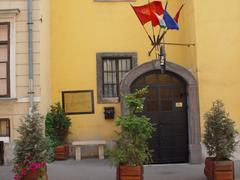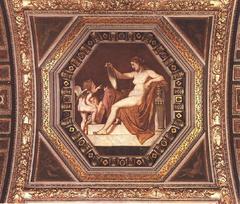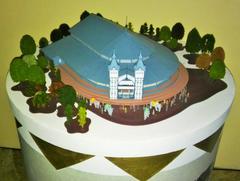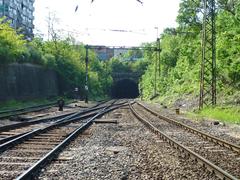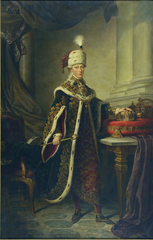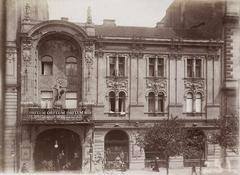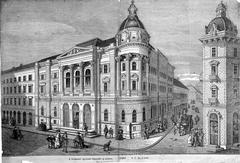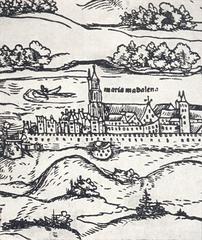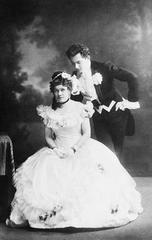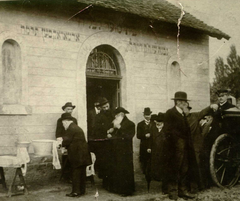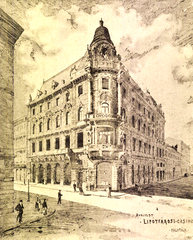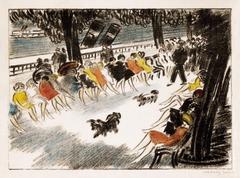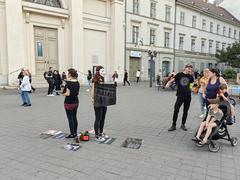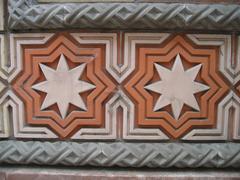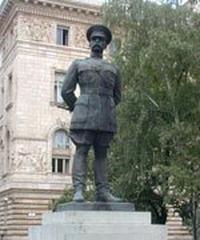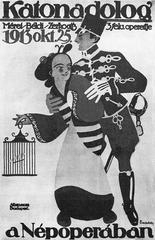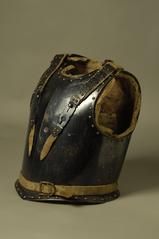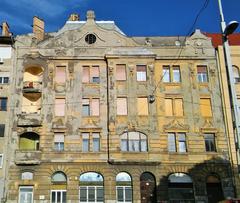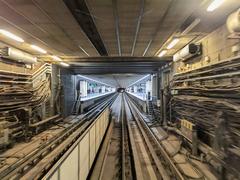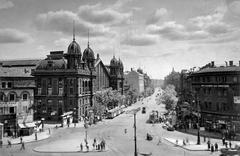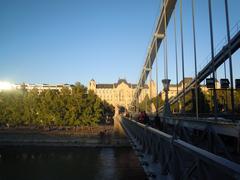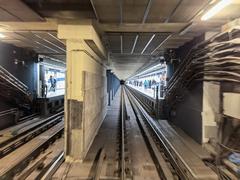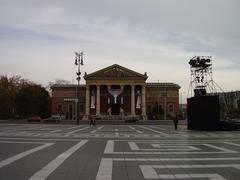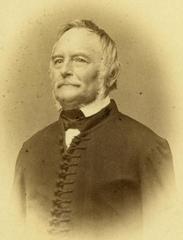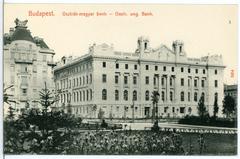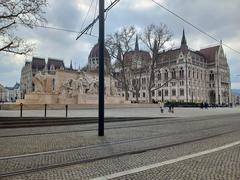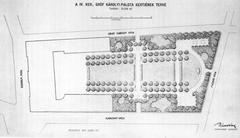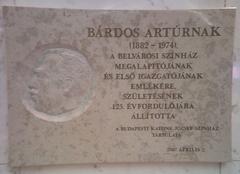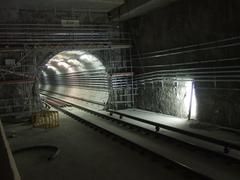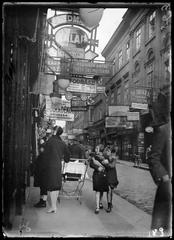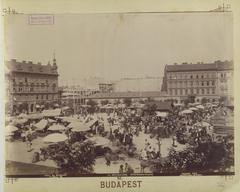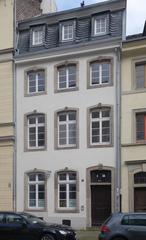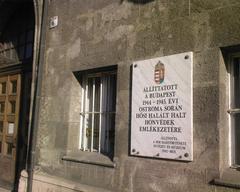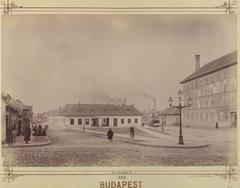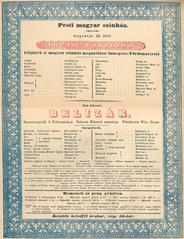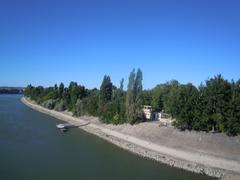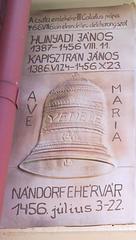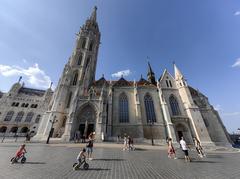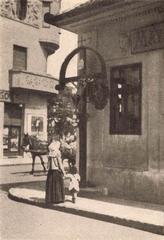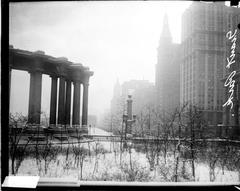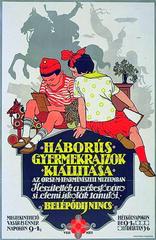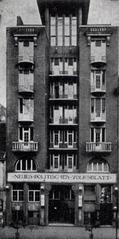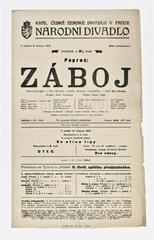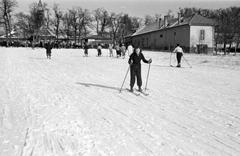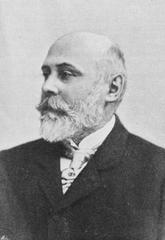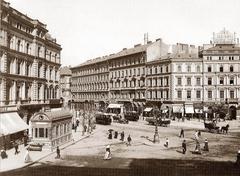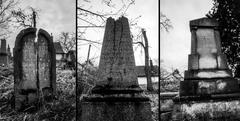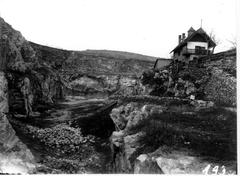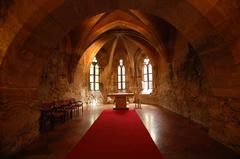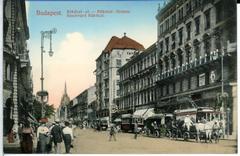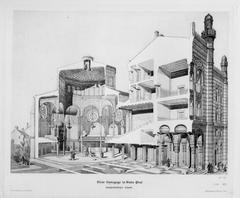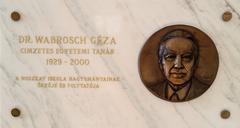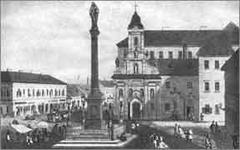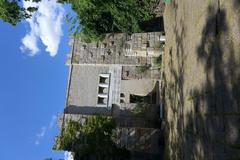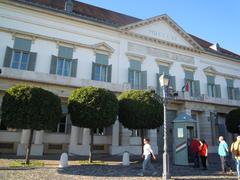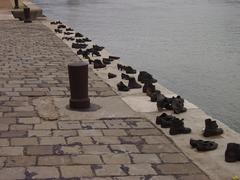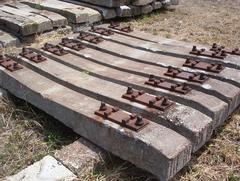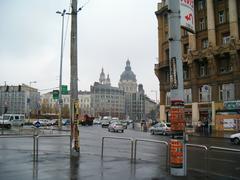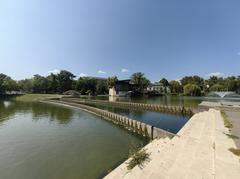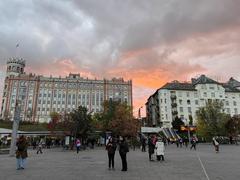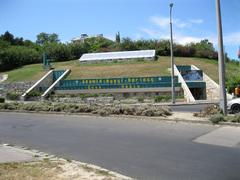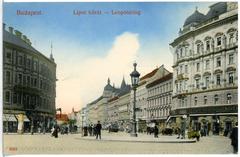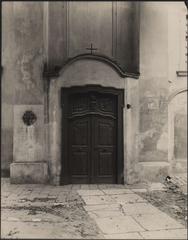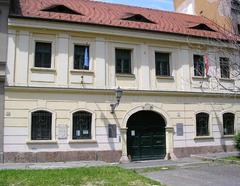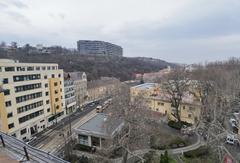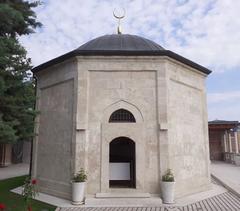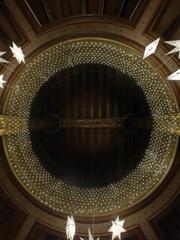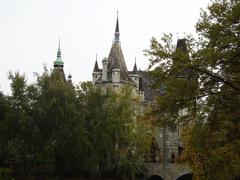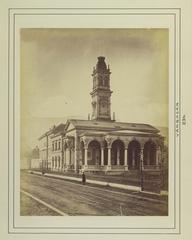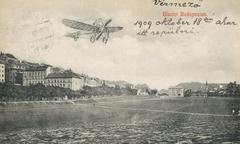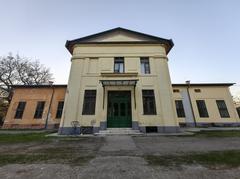
Visiting the Little Princess Statue in Budapest: Hours, Tickets, and Travel Tips
Date: 19/07/2024
Introduction
Located along the picturesque Danube Promenade, the Little Princess Statue, or ‘Kiskirálylány Szobor’ in Hungarian, stands as one of Budapest’s most endearing landmarks. Sculpted by the renowned Hungarian artist László Marton in 1989, this charming statue captures the essence of childhood innocence and imagination. Inspired by Marton’s daughter, Évike, who often played in a princess costume, the statue depicts a young girl wearing a whimsical crown made from newspaper, sitting with her legs dangling over the railings. This delightful image speaks to the carefree spirit of youth and has resonated with both locals and tourists alike (source).
The statue’s strategic location on the Danube Promenade offers a stunning view of the Buda Castle, enhancing its aesthetic appeal and situating it within a historically rich area of Budapest. Over the years, the Little Princess Statue has become a cultural icon, featured in numerous travel guides, postcards, and social media posts. Its popularity is not just due to its artistic merit but also its symbolic representation of Budapest’s charm and artistic heritage. This comprehensive guide will delve into the statue’s history, significance, and practical information for visitors, ensuring a memorable visit to this beloved landmark.
Table of Contents
- Introduction
- Origins and Creation
- Artistic Significance
- Cultural Impact
- Visitor Information
- Relocation and Replicas
- Preservation Efforts
- Public Reception and Interaction
- Symbolism and Interpretation
- Influence on Local Art and Tourism
- References in Popular Culture
- Future Prospects
- FAQ
- Conclusion
Origins and Creation
The Little Princess Statue, created by renowned Hungarian sculptor László Marton in 1989, was inspired by Marton’s daughter, Évike, who used to play in a princess costume. The statue was initially placed on the railings of the tram line along the Danube Promenade, offering a picturesque view of the Buda Castle across the river.
Artistic Significance
László Marton was a prominent figure in Hungarian art, celebrated for his emotional depth and technical prowess. The Little Princess Statue captures a moment of innocent joy and imagination, depicting a young girl sitting on the railings with her legs dangling, wearing a whimsical crown made from newspaper. This image resonates with both locals and tourists, symbolizing the carefree spirit of childhood.
Cultural Impact
Since its installation, the Little Princess Statue has become an iconic symbol of Budapest. It is featured in numerous travel guides, postcards, and social media posts, making it a must-see attraction for visitors to Budapest. The statue reflects the city’s artistic heritage and its embrace of whimsy and imagination.
Visitor Information
Visiting Hours
The Little Princess Statue is accessible 24/7, making it easy to visit at any time of the day or night. However, the best times to visit are early morning or late afternoon when the lighting is ideal for photography.
Tickets
There are no tickets required to visit the Little Princess Statue as it is a public art piece located outdoors.
Travel Tips
- How to Get There: The statue is situated along the Danube Promenade, easily accessible via tram lines 2, 47, and 49. The nearest tram stop is Vigadó tér.
- Accessibility: The area around the statue is wheelchair accessible, with smooth pathways along the promenade.
- Nearby Attractions: While visiting the Little Princess Statue, you can also explore nearby attractions such as the Buda Castle, Chain Bridge, and the Hungarian Parliament Building.
Relocation and Replicas
The statue has been moved several times due to various urban development projects but has always remained along the Danube Promenade. In 1990, a replica was installed in Tokyo, Japan, symbolizing friendship between the two cities.
Preservation Efforts
Given its popularity and exposure to the elements, the Little Princess Statue has undergone several restoration efforts. The Budapest City Council, along with various cultural organizations, ensures the statue remains a cherished part of the city’s heritage through regular cleaning, structural assessments, and protective measures against vandalism.
Public Reception and Interaction
The statue has garnered widespread affection from both locals and tourists. Visitors often take photographs with the statue, mimicking the playful pose of the little princess, fostering a sense of community and shared experience.
Symbolism and Interpretation
The statue symbolizes innocence and the enduring spirit of childhood. Its placement along the Danube Promenade, with the majestic Buda Castle in the background, creates a striking contrast between the grandeur of history and the simplicity of youthful imagination. This juxtaposition invites viewers to reflect on the passage of time and the importance of preserving moments of joy and wonder.
Influence on Local Art and Tourism
The statue has inspired other public art projects in Budapest, setting a precedent for how art can enhance public spaces and contribute to the city’s cultural identity. Its popularity has boosted local tourism, drawing visitors to the Danube Promenade and encouraging exploration of nearby attractions.
References in Popular Culture
The Little Princess Statue has appeared in various forms of media, including films, television shows, and literature. Its iconic status makes it a recognizable symbol of Budapest, often used to evoke the city’s charm and artistic spirit.
Future Prospects
As Budapest evolves, the Little Princess Statue remains a reminder of the city’s rich artistic heritage and commitment to public art. Future plans include interactive installations and augmented reality experiences, allowing visitors to engage with the artwork in innovative ways.
FAQ
What are the visiting hours for the Little Princess Statue?
The Little Princess Statue is accessible 24/7.
Where is the Little Princess Statue located?
The statue is located along the Danube Promenade in Budapest.
Do I need tickets to visit the Little Princess Statue?
No, there are no tickets required as it is a public art piece.
Conclusion
The Little Princess Statue is more than just a piece of public art; it is a cultural icon that embodies the spirit of Budapest. Whether you are an art enthusiast or a casual visitor, the statue offers a unique glimpse into the city’s artistic and cultural heritage. Be sure to visit this charming landmark and explore the many other attractions that Budapest has to offer.
For more information on the Little Princess Statue and other historical sites in Budapest, visit the official Budapest tourism website.
